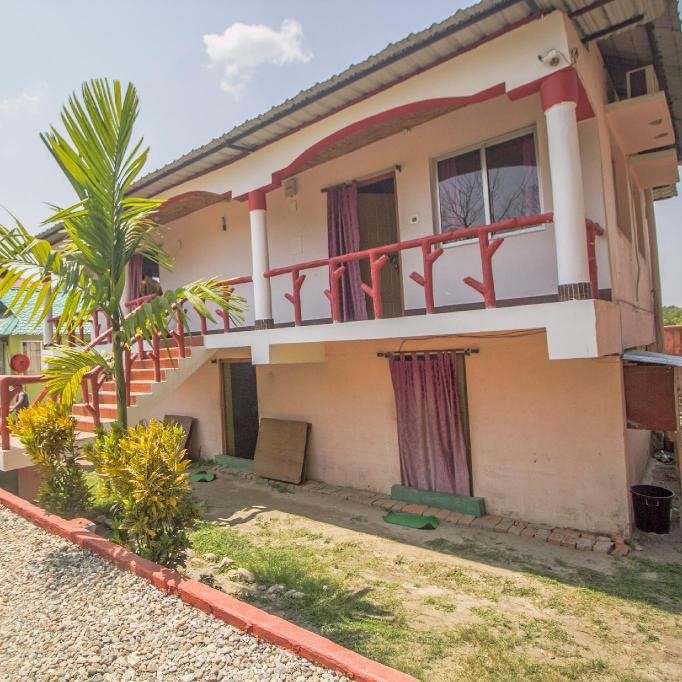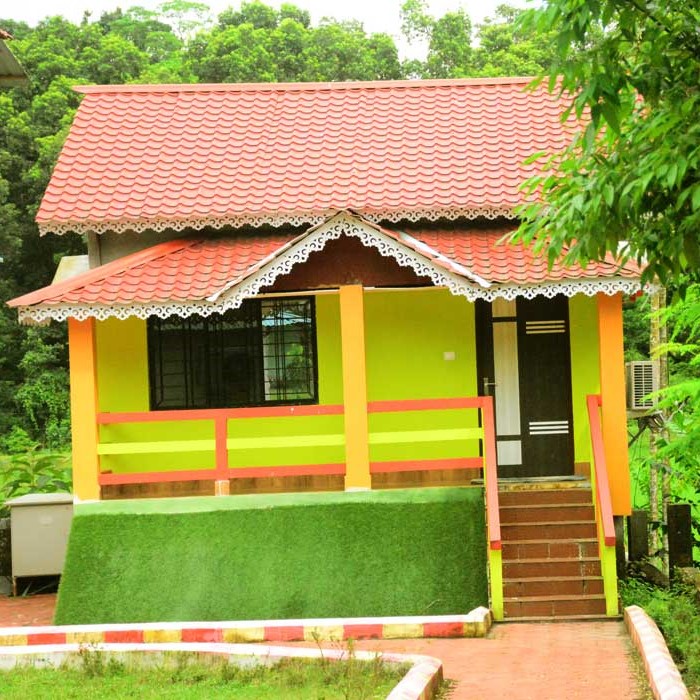Gorumara

Gorumara
The Gorumara National Park, located on the banks of the rivers Murti and Raidak in the Jalpaiguri district of West Bengal, is a must-see on your next vacation. It boasts a vast variety of flora and wildlife and is spread out over an area of 80 square kilometres near the foothills of the Great Himalayan mountains. The area is home to many mammals, reptiles, insects, and birds, including majestic Asian elephants, royal Bengal tigers, and the Great Indian Hornbill, and is especially known for its Asiatic one-horned rhino. It is also home to many other mammals, reptiles, insects, and birds, including the majestic Asian elephants, royal Bengal tigers, and the Great Indian Hornbill.
Indian wild dogs, giant squirrels, wild boars, deer, cobras, pythons, woodpeckers, and a variety of other animals can all be seen here. Gorumara National Park has become a popular tourist destination in the last decade or so due to its amazing beauty and diversity of flora and wildlife. The area around the forest now has the highest concentration of tourist accommodation in the Dooars, indicating that the national park has seen a surge in visitors. In 2009, the Ministry of Environment and Forests designated it as India's best-protected region.

Gorumara National Park

Gorumara Lapwing

Indian Gaur

Leopard

Peacock

Rhino

Elephant Ride
The wildlife safari is, without a doubt, the most well-known and enjoyable activity of Gorumara National Park. During these safaris, you can get up close and personal with various animals and birds, marvelling at their beauty and splendour. There are two types of safaris available: the Elephant Safari and the Jeep Safari, both of which guarantee wildlife sightings. You can book a forest safari through the forest department, and while visiting the watchtowers, you must be accompanied by an authorised guide. Bring excellent binoculars with night vision capabilities, and be ready to see some incredible sights.
The Dooars are the name given to the region in which the Gorumara National Park is located. The area, which is located in the Himalayan foothills, is rich in natural and pure beauty. With its mountain ranges and waterfalls, the park is very gorgeous. The woodland is mostly damp deciduous. The predominant flora of the Gorumara National Park is sal, but it also has teak, Silk Cotton (simul), Rain Tree (Shirish), and khair. A variety of orchids and ferns can also be found here.
Book NowGorumara Sightseeing


Chapramari Wildlife Sanctuary
This Wildlife Sanctuary, around 20 kilometres from the Gorumara National Park, is another example of nature's splendour. With Kanchanjungha and other Himalayan peaks as a backdrop, guests can witness a broad variety of animals in their natural habitat, including elephants, gaur, and leopards.


Lataguri
Lataguri, which is located on the boundaries of a National Park, is the ideal location for letting your inner child loose. If this environment doesn't soothe your senses, then few things in the world will. From wildlife in its most pristine and uncultivated form to open fields, the sun, and your camera.


Lataguri Mahakal Temple
Lataguri also has a well-known Mahakal temple, which consists of a number of stones that are worshipped as Lord Mahakal. Every day, a large number of devotees from the surrounding area come to pray here. Lataguri also celebrates a variety of religious festivals, including durga puja and kali puja, which are the city's main draws.


Gorumara National Park
Gorumara National Park, in West Bengal's northwestern corner, is home to a high number of India rhinoceros. It is one of the best places to visit for animal and nature enthusiasts alike. This is owing to the fact that it is located in the Himalayan foothills and is surrounded by lush greenery to soothe your eyes.


Jatraprasad Watchtower
From Jatraprasad, the vista is unreal. Murti, the Jaldhaka River, and the Bamandanga Tea Garden on the outskirts have made Jatraprasad a clear favourite among Gorumara's watchtowers. You will go to Jatraprasad through NH-31, which cuts through the Gorumara jungle.


Rhino Point
The Rhino tower is located near Gorumara National Park's woodland guesthouse. It's a modest rhino viewing area where you might catch a glimpse of one of the legendary one-horned rhinos. Apart from one-horned rhinos, there are few possibilities to see more wild creatures, such as elephants.
Weather Condition
GORUMARA WEATHERThe Ideal Plan
The climate at Gorumara National Park is tropical all year, with temperatures ranging from 23 degrees in the summer to 10 degrees in the winter. Due to monsoon and animal mating season, the national park is closed from June 15 to September 15. From November to March is the best time to visit Gorumara National Park. During the winter, the surroundings appear lush and fresh, and the chances of seeing wildlife grow dramatically. There's a lot to see and do in and around Gormura National Park, including the Jatraprasad Watch Tower, Rhino Point, Lataguri, Chapramari, and many more attractions. Jeep and elephant safaris, bird watching, and campfires are just a few of the activities available in and around Gorumara National Park. The woodland is mostly damp deciduous. The predominant flora of the Gorumara National Park is sal, but it also has teak, Silk Cotton (simul), Rain Tree (Shirish), and khair.
- Nearest Railway Station: (NMZ)NEW MAL JN
- Nearest Airport: Bagdogra



















